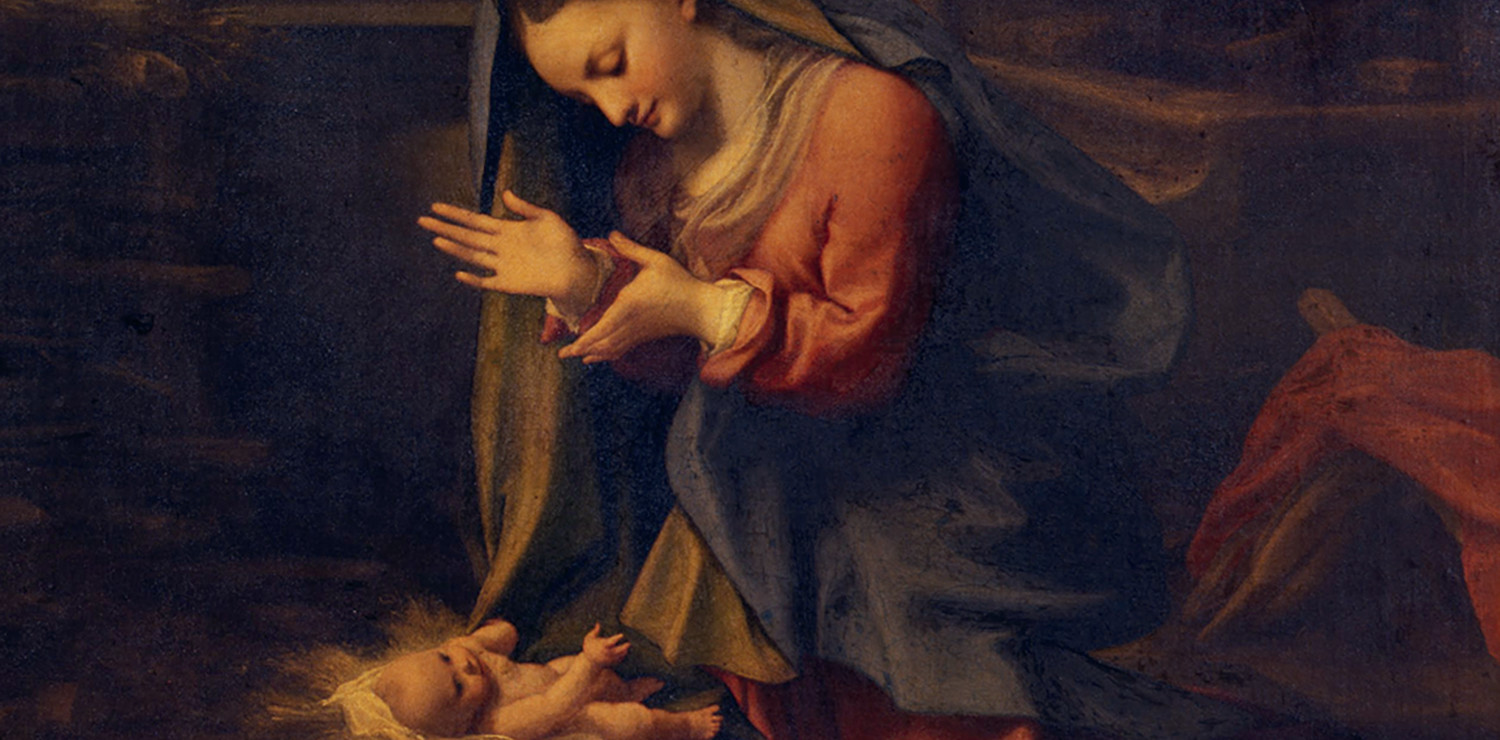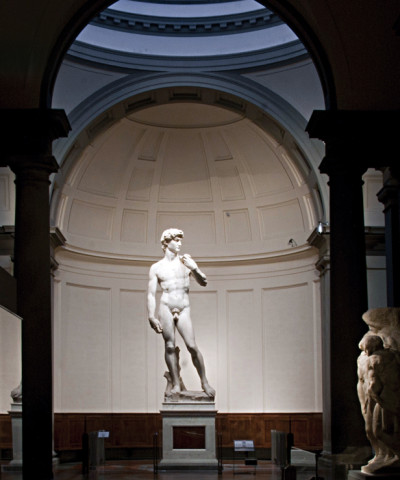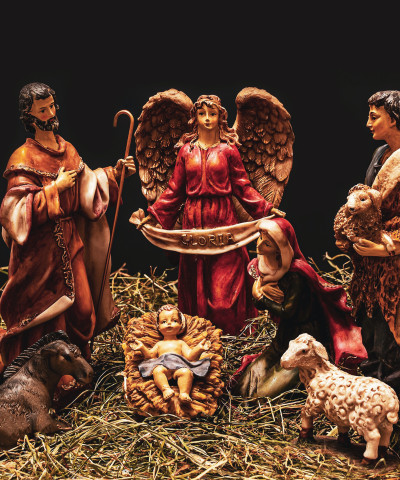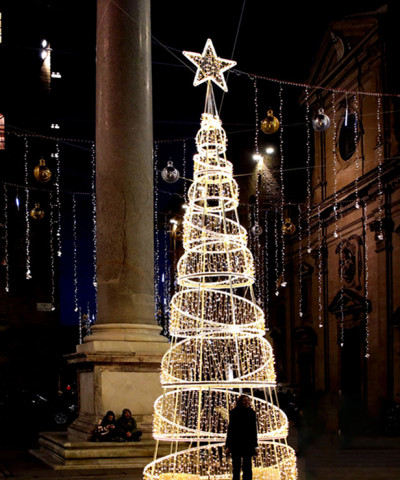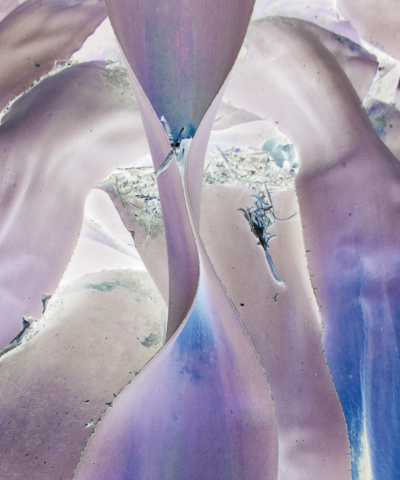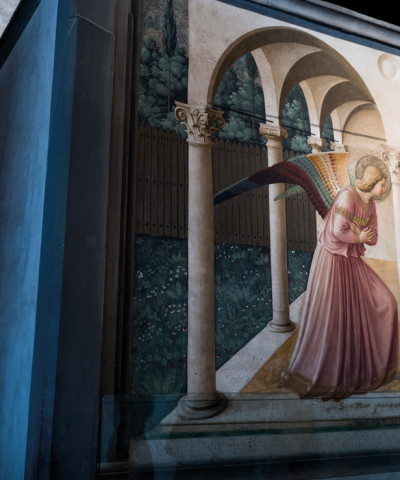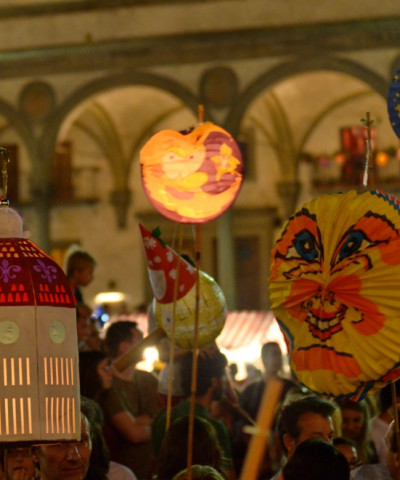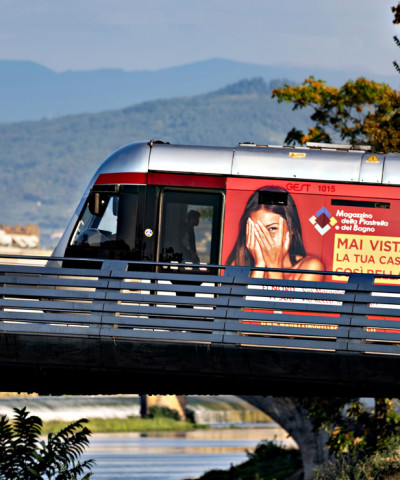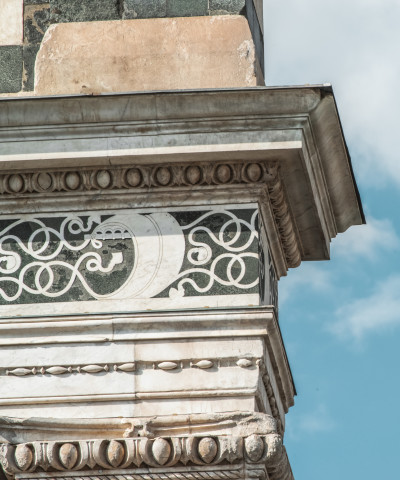The Nativity in Florence
What's more the Christmas nativity scene? here is an exclusive tour of the works not to be missed in Florence
The theme of the birth of Jesus (the Nativity) is probably among the most represented in the history of Italian art. The earliest artistic evidence depicting the Nativity dates back to the 3rd century AD and was found in the catacombs of Priscilla in Rome.
Florence is home to numerous works depicting scenes from the Nativity. The Uffizi Gallery, for example, houses masterpieces such as Leonardo's Adoration of the Shepherds, Michelangelo's Tondo Doni and Filippino Lippi's Adoration of the Magi.
We have decided to point out some works by non-Florentine artists, starting with the Adoration of the Magi (or Pala Strozzi) by Gentile da Fabriano. Executed in 1423 for the banker Palla Strozzi, the painting represents the entire journey of the three wise men from the East. The narrative begins in the three lunettes where we see the three Magi who, having seen the star of the comet, are on their way to Jerusalem and enter the city. The procession then reappears throughout the lower half of the painting. On the left we see the grotto with the ox and the donkey, Saint Joseph, the Madonna and Child and two servants. In front of the Child and the three Magi. Their clothes are sumptuous, with arabesque gold brocades and belts with precious studs in relief. Behind them are two figures: the man with the falcon in his hand is the patron Palla Strozzi with his son Lorenzo next to him. Completely new and unusual for Florence, so much so as to cause a stir, is the tone of the procession, which looks more like a hunting party of elegant aristocrats than a religious scene.
Another painting that caused a stir as well as influencing Florentine painting of its time is the great Adoration of the Magi (or Pala Strozzi) by Gentile da Fabriano, commissioned by Tommaso Portinari, head of the local Banco Mediceo. The Triptych arrived in Pisa on a ship and then across the Arno River to Florence, where it was placed in the church of Sant'Egidio in 1483. The triptych has two wings where, once opened, the left one depicts the patron and his sons Antonio and Pigello dominated by St. Anthony Abbot and St. Thomas, the right one. Francesco Baroncelli's wife Maria and daughter Margherita dominated by St. Mary Magdalene and St. Margaret of Antioch. The centre of the painting is dominated by the Adoration of the Shepherds in which the completely naked child on the ground and the strong realism with which Joseph and Mary and the group of peasants on the right side are depicted are striking. In the foreground, vases of flowers and a sheaf of wheat symbolise the purity, incarnation and passion of Jesus.
Of a completely different kind and enveloped in an atmosphere of surreal beauty is Correggio's Adoration of the Child. Dating from around 1526, the work was donated by Francesco I Gonzaga to Cosimo II in 1617 and immediately placed in the Tribuna. The painting is one of the most moving in the Uffizi for the sweetness of the relationship between mother and child wrapped in the golden light of a sunset.
Housed in the Palatine Gallery of Palazzo Pitti, it is the monumental Tondo Bartolini by Filippo Lippi. Dated 1452-1453, according to tradition the painting was commissioned by Leonardo Bartolini. The round format, one of the first of the Renaissance, inspired other artists of the second half of the 15th century. The Child is in his mother's lap. The Virgin's hairstyle is very elegant with fine interwoven veils, adorned with fine strands of pearls. The dress is rich and majestic. The Virgin and child are holding a pomegranate, a symbol of fertility and royalty. In the background are scenes from the birth of Mary: the Meeting of Joachim and Anne at the Golden Gate and the Birth of the Virgin. The choice of scenes recalls a much discussed theme in the 15th century, namely the "immaculate" conception of Mary.
After crossing the bridge of Santa Trinita, Domenico del Ghirlandaio's Adoration of the Shepherds is housed in the church of the same name. Painted between 1483 and 1485, the altarpiece is part of the splendid cycle of frescoes commissioned by the banker Francesco Sassetti to adorn the family chapel. In the background of the panel are two cities identified as Jerusalem and Rome. The central scene depicts an ancient sarcophagus, the symbol of Christianity triumphing over paganism. The work is considered to be one of Domenico Ghirlandaio's most significant for its colouristic power, its portrayal and its ability to rework the Nordic lesson introduced by the presence in Florence of Hugo van der Goes' Portinari Triptych.
Housed in the Museo dell'Opera del Duomo, which has just reopened after years of restoration, is Arnolfo di Cambio's Madonna of the Nativity, dating from the early 14th century. The sculpture, from the ancient façade of Santa Maria del Fiore, can be admired today in the reconstruction of the façade inside the Museum. Mary is lying down, leaning on her elbow, according to the traditional iconography taken up in those years by Giotto, wearing a cloak with very realistic folds and a melancholic look. The Madonna was probably originally surrounded by a relief group depicting an adoration of the shepherds, unfortunately lost due to demolition by Bernardino Poccetti.
We conclude our itinerary with the Adoration of the Shepherds by Alesso Baldovinetti, dated 1460 and housed in the Chiostro dei Voti of Santissima Annunziata. The Adoration of the Shepherds was the first fresco to decorate the cloister, and despite its poor preservation, we can still see a careful attention to naturalistic detail. In the foreground, on the right, is the hut with the Child in the centre, flanked by the praying Mary, the sleeping Joseph, the ox and the donkey. On the right are two shepherds, while on the left two others receive the announcement from the angel.
As we leave the small cloister of the vows, we cannot help but think of how many other masterpieces in Florence on the theme of the Nativity of Jesus...






